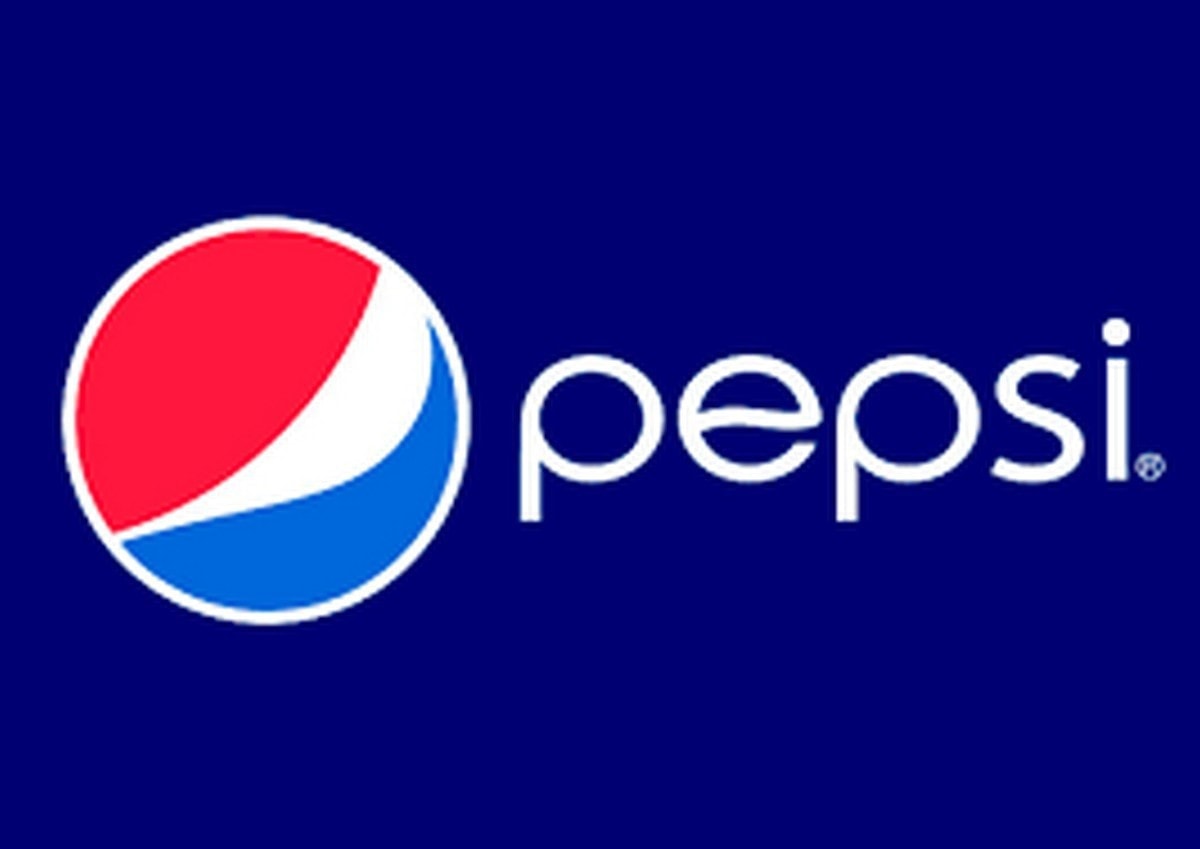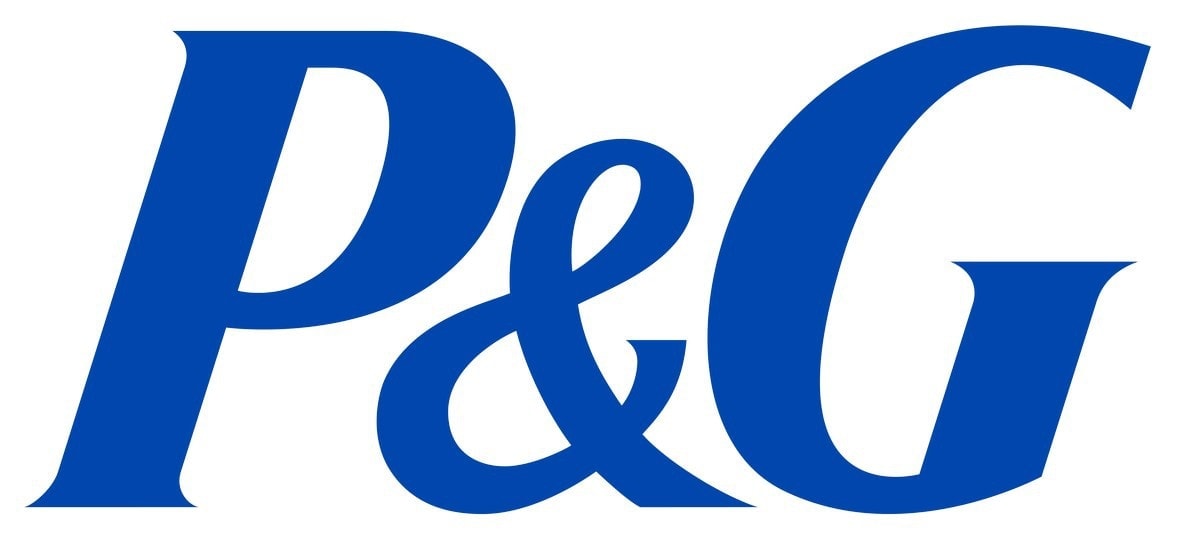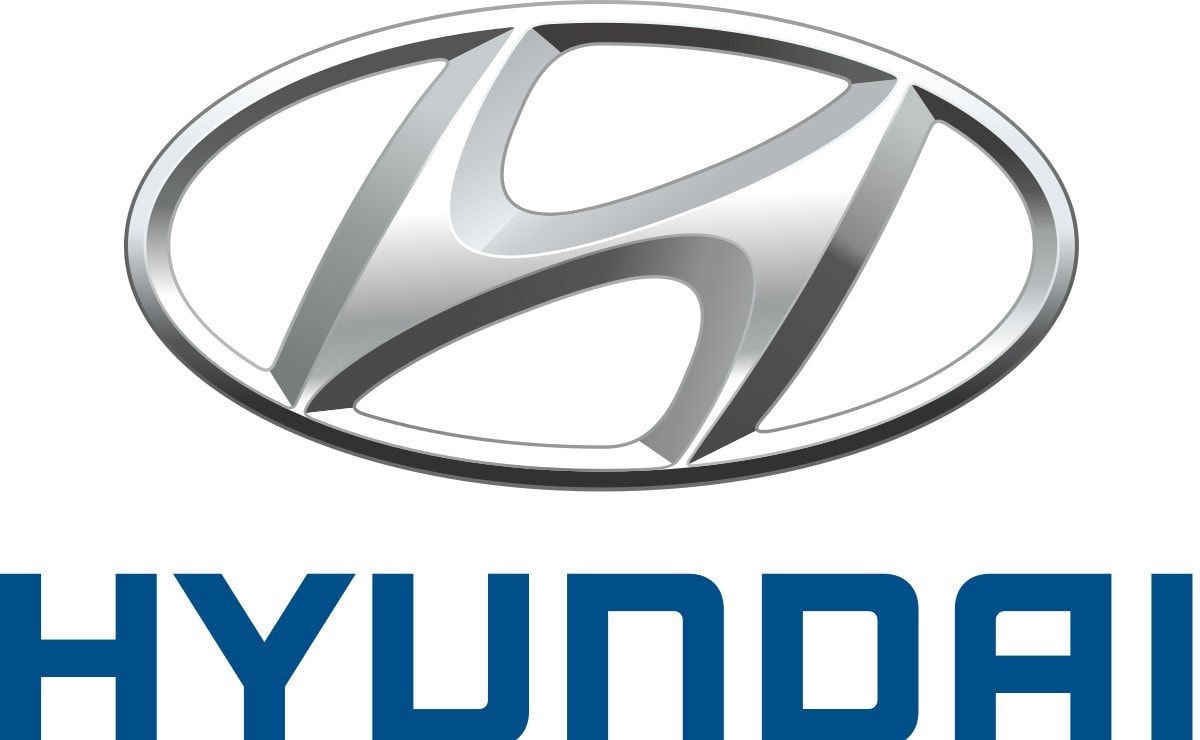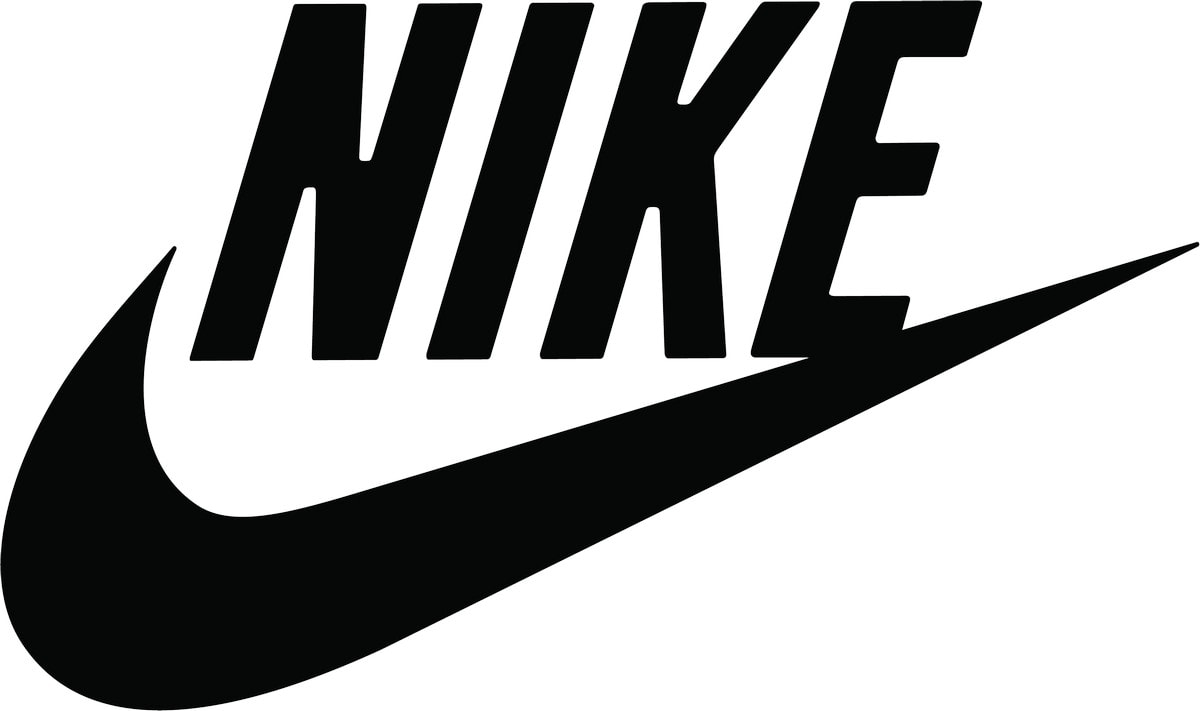
Marketing Strategy of Pepsi - Pepsi Marketing Strategy
Marketing Strategy of Pepsi – Pepsi Marketing Strategy
Operating in more than 200 countries PepsiCo, the parent company of Pepsi has been the leading company in the food & beverages industry having more than 100 years of experience in the market.
The convenience of purchasing, availability, Low-price, favourable taste are some of the things a customer expect in a competitive non-alcoholic beverages market and that’s what offered by Pepsi which makes it a leader in its segment fighting neck- on the neck with Coca-Cola.
Table of Contents
Segmentation, targeting, positioning in the Marketing strategy of Pepsi –
It uses mass marketing strategy to target the groups of the customers of different demographics and geographic regions. Segmentation is the important strategy which helps the brand in targeting the specific group of customers with differentiated offerings.
Pepsi is the mass market product which uses undifferentiated targeting strategies in order to be competitive and increase its sales.
In the non-alcoholic beverage market, it has positioned itself as a young, vibrant and passionate brand which challenges the conventional things.
Marketing mix – Here is the Marketing mix of Pepsi.
SWOT analysis – Here is the SWOT analysis of Pepsi.
Mission- “Not Available”
Vision- “Not Available”
Tagline-“Lighting up lives, one bottle at a time…..Pepsi – Liter of Light”
Competitive advantage in the Marketing strategy of Pepsi –
Collaborative customer relationship: Believing in participative marketing campaigns has helped Pepsi in understanding the changing needs of the customers and segments/ potential group of customers in different economies.
Strong Parent company: Pepsico being present in more than 200 countries and handling 22 brands in the food & beverages segment is the leading player in the market with their facilities across the globe. Pepsi is financially strong company offerings products in the food & beverages segment globally in large SKU’s (Stock Keeping Units).
Cost control: Having diversified product portfolio, Outsourcing operations & economies of scale helped Pepsi in cutting down its operational cost & increase its profitability.
BCG Matrix in the Marketing strategy of Pepsi –
Pepsi and Diet Pepsi (Pepsi Zero Sugar) are the Cola beverages in which Pepsi deals in.
The offerings of PepsiCo under the Pepsi brand are Stars in the BCG matrix due to its popularity among the youth and the emotional connect with the masses in their special moments & celebrations.
Distribution strategy in the Marketing strategy of Pepsi –
Whether it’s an urban metro or rural region, developed or developing, Pepsi has different models of distribution to make the products available to the end user. In many countries, its products are distributed through Direct-store-delivery network the one, who are independent bottlers & distributors, third-party distribution channel to wholesalers, retailers and pops & mom shops in every nook & corner of the country. E-commerce sites, supermarkets are also the distribution points of Pepsi.
Brand equity in the Marketing strategy of Pepsi –
With high TOMA (top of mind awareness) and high visibility in the shelf of the shops/ outlets/ retail chains, Pepsi is giving head-on competition to other beverage companies.
Many community engagement programs from different fields of music, sports has helped Pepsi and its parent company PepsiCo in creating a strong brand association, memories, and human connections.
Pepsi has sponsored many international events such as ICC cricket world cup, FIFA world cup 2015 and many others which enhanced its brand equity. Equity is derived from people’s willingness to pay a premium for the brand and an unwillingness to accept substitutes.
Competitive analysis in the Marketing strategy of Pepsi –
Big giants such as Coca-Cola, Nestle, Mondelez etc.in the nonalcoholic beverage market have a similar or same strategy to that peers. The only way to differentiate the offerings & retain customers is the strong brand building activities, creating a pull in the market. Competition from local players and counterfeit products are the major issue Pepsi is facing. In the Cola market, the main competitor of Pepsi is Coca-Cola.
Market analysis in the Marketing strategy of Pepsi –
Health awareness reforms, changing demand pattern, increasing labour cost, Socio-economic and cultural changes are some of the factors affecting the Non-alcoholic beverages market by and large.
Although in developed nations demands have already been saturated due to the presence of large number of alcoholic & non-alcoholic beverages companies, the growth is noticeable in the developing nations due to the increase in the penetration of the companies to the rural and distant areas and due to the changing lifestyle, economic conditions & changing buying habits. In the non-alcoholic beverage industry, the chances of customer switching to another brand or complementary products such as mineral water, tea/ coffee are very high.
Customer analysis in the Marketing strategy of Pepsi –
A customer of Pepsi is retail customers and the resellers. In the reseller segment grocery stores, wholesalers, distributors, convenience stores, Pops & moms store, e-commerce e-tailers are the customers of the Pepsi. In Retail segment, customers from all age groups are the potential customers since it’s a mass market product. Some of their products are specifically meant for some section of the society like Pepsi diet & Zero-O- Sugar for all those who are health conscious.










